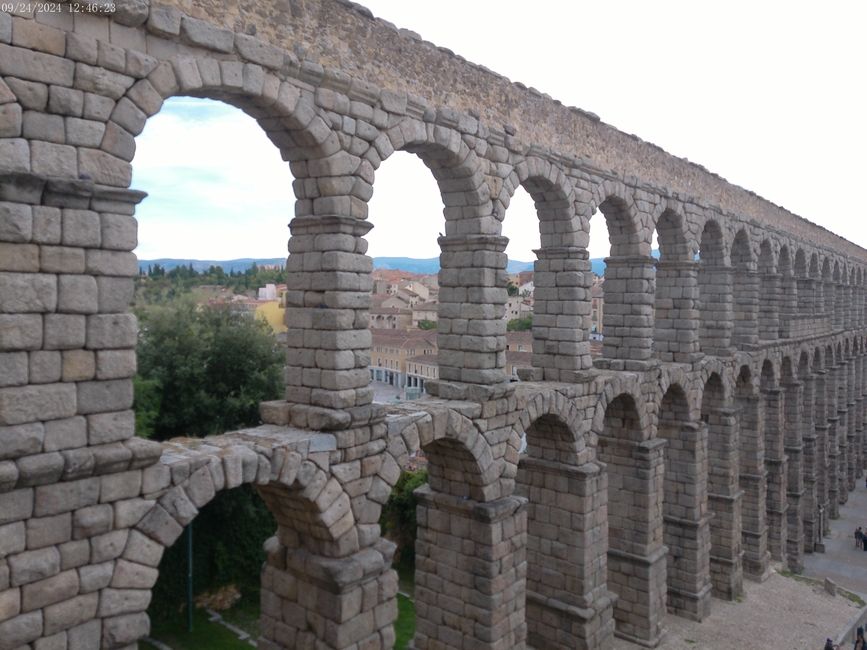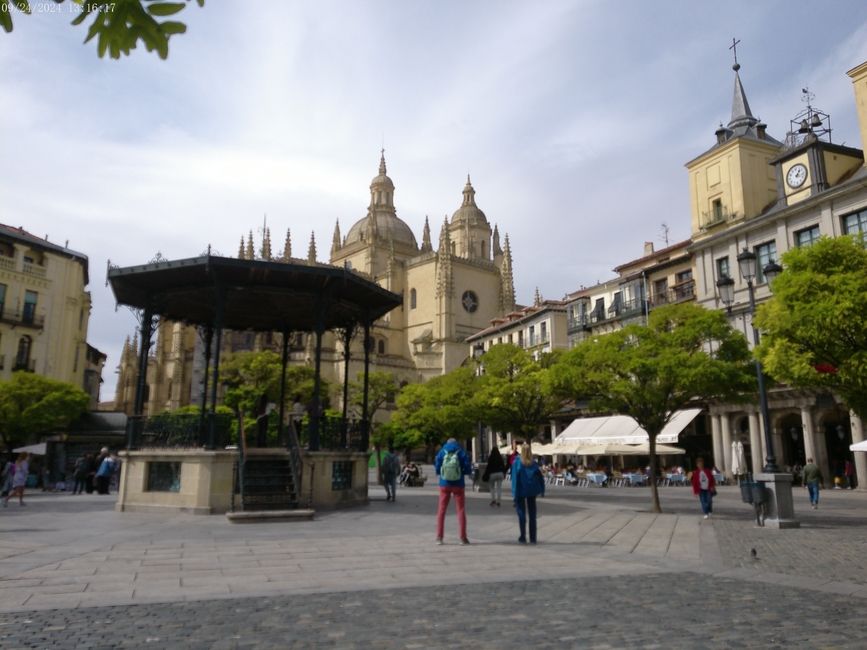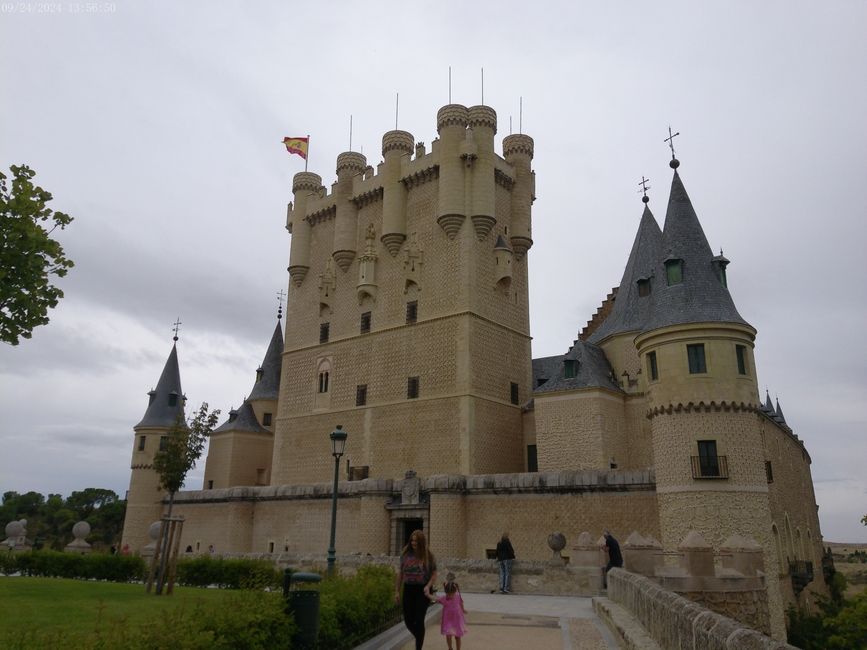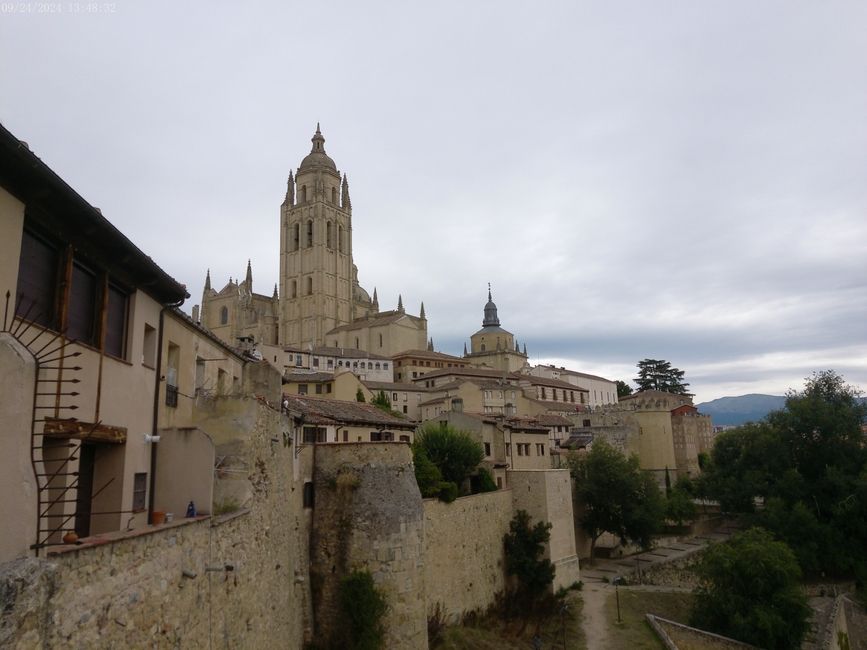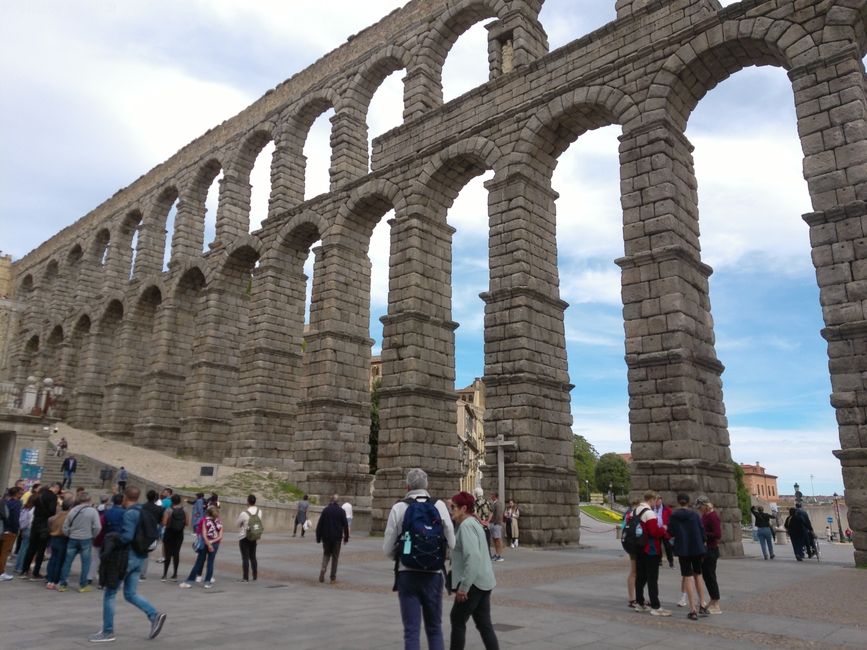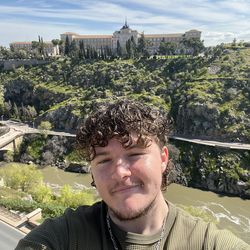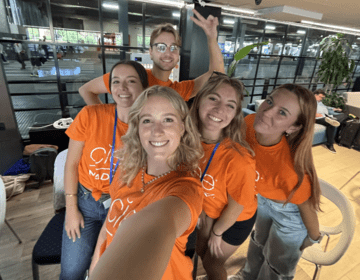Day Trip to Segovia
If you're looking for a quick day trip outside of Madrid, this is the post for you. Segovia, sitting a little bit over an hour away by vehicle, is a town filled with astonishing sights and historical import for Spain as a country. Allow me to walk you through transportation and must-sees.
Transportation
The best option to get to Segovia is by taking the bus with Avanza out of Intercambiador de Moncloa which lies on Metro Lines 3 and 6. You can buy the bus ticket in person either at the taquilla (kiosk) or with an agent, or you can buy them online with the Avanza website or mobile app. A round trip ticket will cost you €9.20, and the trip will take about 90 minutes. Note that the buses to Segovia leave out of Gates 8 and 9. When you arrive in Segovia, there is a tourist booth inside the station staffed by bilingual employees who will provide you a map and an overview of things to see in the city. Hopefully after reading this post, a visit there won't be necessary!
Must-Sees
The following is a list of must-sees in Segovia, and brief historical context. Note that they have been intentionally ordered to create a sensible route starting from the bus station, through the different sights, and back to the bus station without ever doubling back.
Iglesia de San Millán (Saint Millán Church)
Iglesia de San Millán is a Roman church built in the 12th century in what was once the Mozarabic quarter of the city. Mozarabic is a word used to describe aspects of Christian culture and history while under Islamic rule between the 8th and 15th century on the Iberian Peninsula.
Aqueducts
The Roman aqueducts were built in the first century without any mortar during the reign of the emperor of Trajan to transport water from the local Río Frío to the city.
Iglesia de San Martín
Iglesia de San Martín is a church built in 1117 known for its mix of Roman and Mudéjar style architecture. Mudéjar is a style of art and architecture in Spain during the Middle Ages that is characterized by its mix of Christian and Islamic influences. This word comes from the Arabic word mudajjan, meaning "those who are permitted to remain", which refers to the Muslims who remained in Spain after the Christian Reconquest of Spain.
Plaza Mayor
The main square of Segovia. A place to sit, relax, socialize, and eat something delicious.
Catedral de Segovia
The Catedral de Santa María de Segovia is renowned for its Gothic and Renaissance architecture. Built in the 16th century, it is the last major Gothic cathedral built in Spain.
Alcázar de Segovia
The Alcázar de Segovia was originally a Roman fortification and then served as the residence of many Spanish monarchs. Fun fact: Disney took inspiration from the Alcázar when depicting Cinderella's castle in the 1950 classic.
Lunch Time
If you are someone who likes to try local cuisine when you visit new places, then you'll have to try the cochinillo, which is a roasted suckling pig. This dish is a point of pride for the Segovian people, as it has been a part of their gastronomy since the Roman Empire invaded Hispania centuries ago. You can try this delicious dish in a variety of restaurants in Segovia – pick one that works for your group depending on where along the route you get hungry. Note that this dish will be on the more expensive side (upwards of €30). If you are trying to save some money, think about packing a lunch from home, or stopping into a cafe to get a bocadillo de jamón which will run you only a few euros.
Get ready to be amazed with everything this gem of a town has to offer. Don't forget to bring a water bottle and a portable phone charger as well to make sure your trip goes as smooth as possible!
Related Posts
My Time as an Orientation Leader: Kicking Off my Second Year in Spain
Leading orientation groups allowed me to stay connected with the CIEE community while helping others.
Life in Spain So Far
Madrid has been my home for about two weeks now and there are many things I love. The culture shock can be a lot, but by keeping an open mind... keep reading
Moving to Madrid: My First Day To-Do List
On my first day in Madrid, my flight landed at around 8:30am. I had time to get my luggage and regroup with other CIEE participants I had met at the... keep reading
